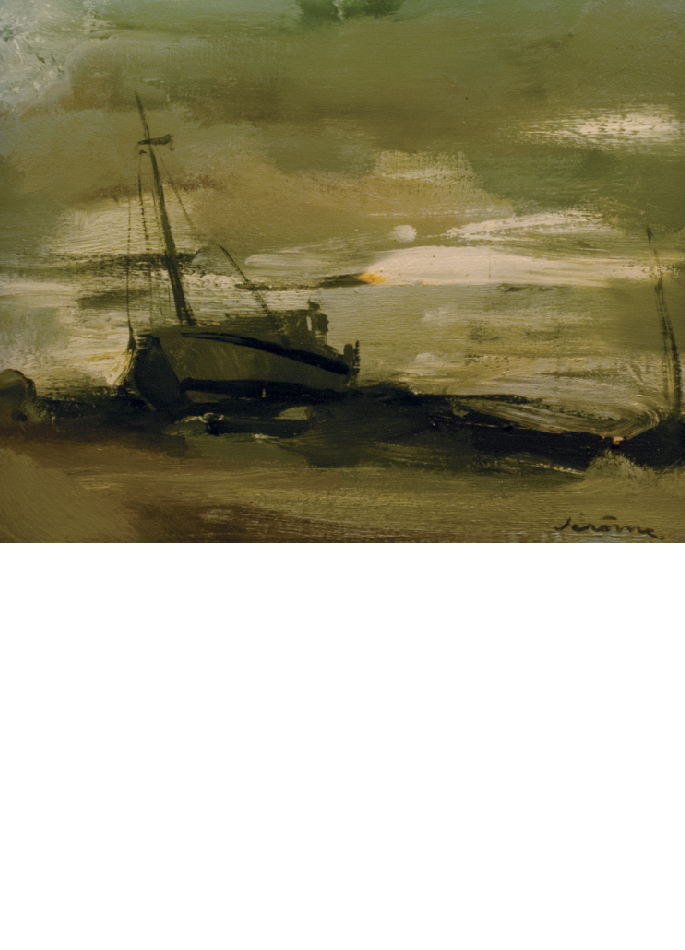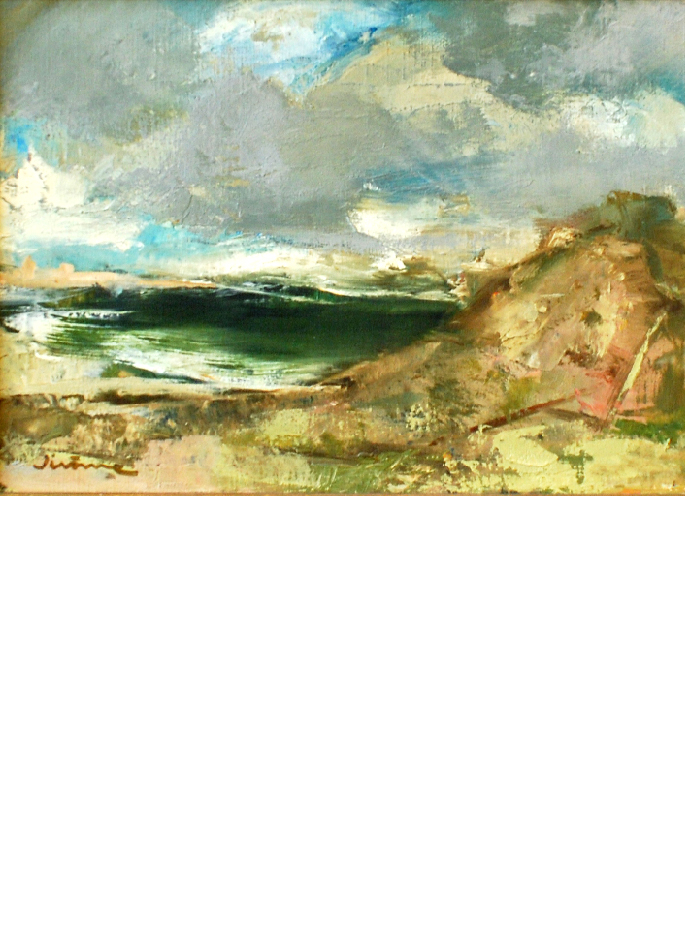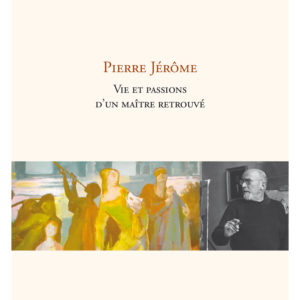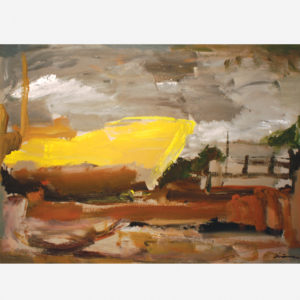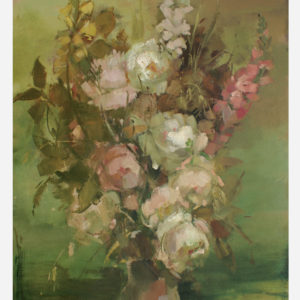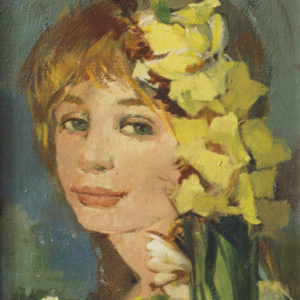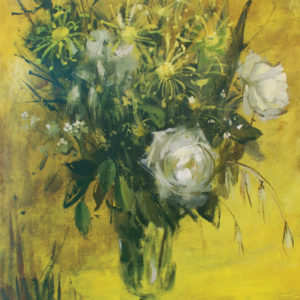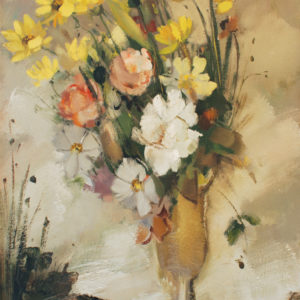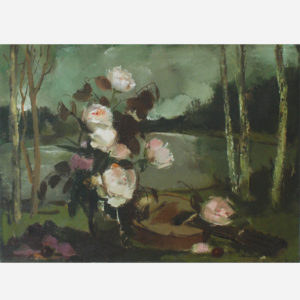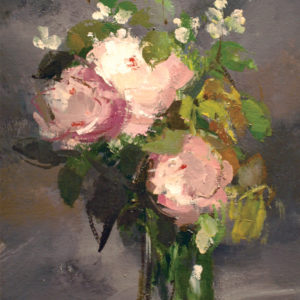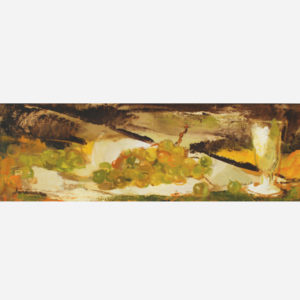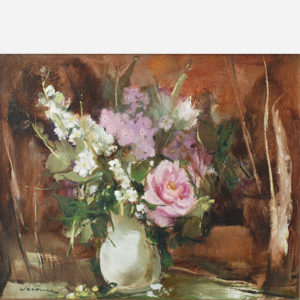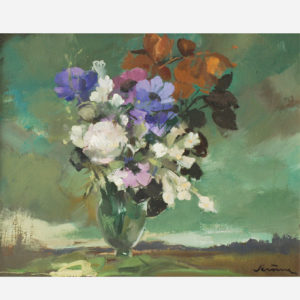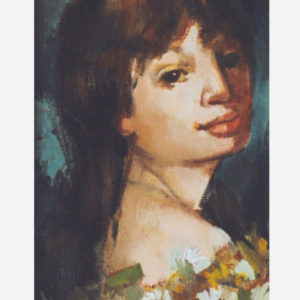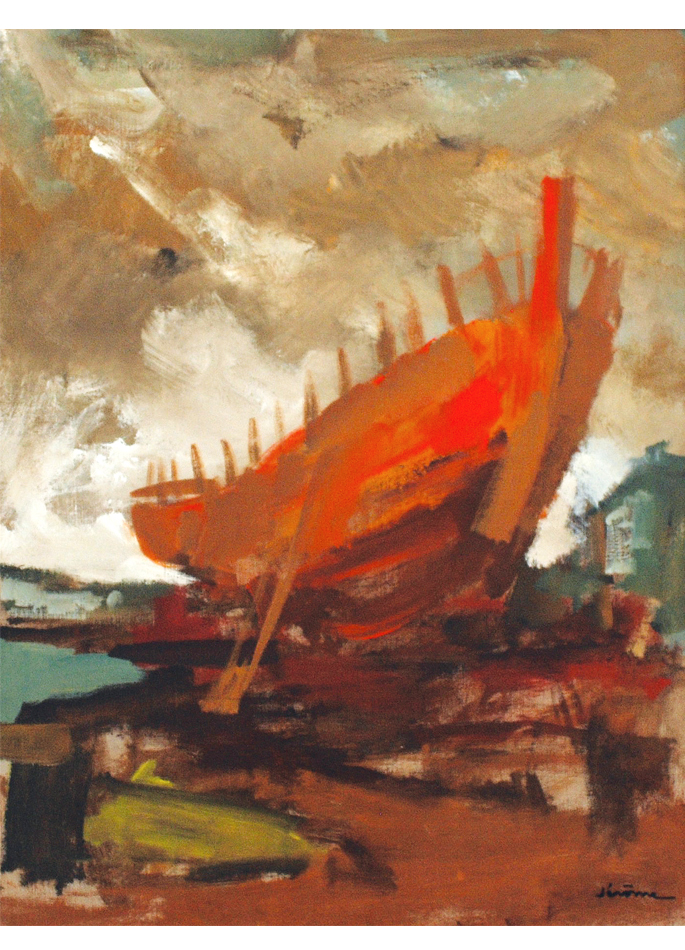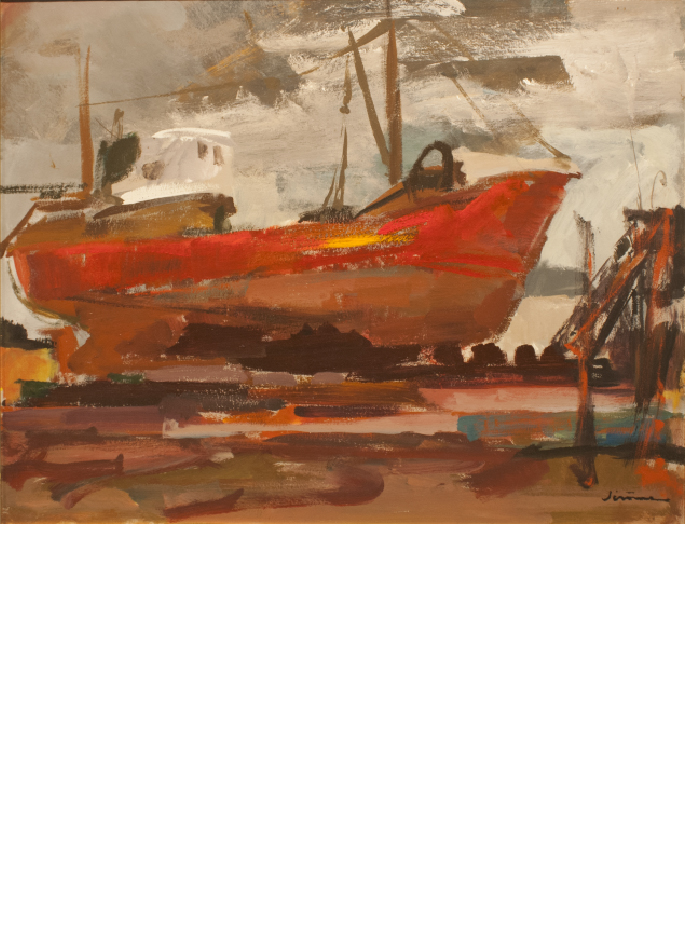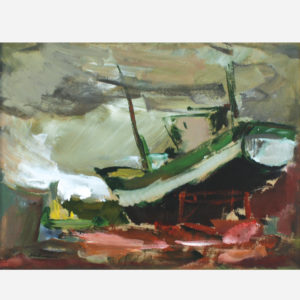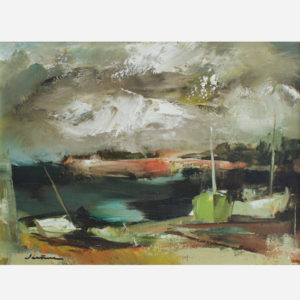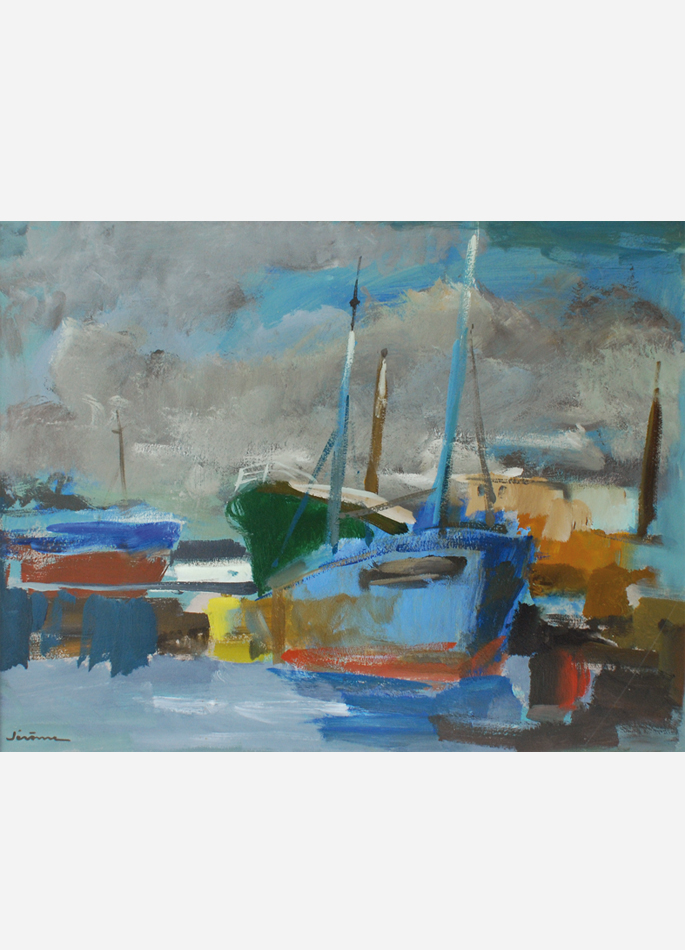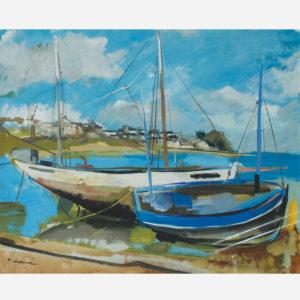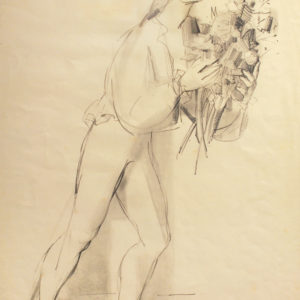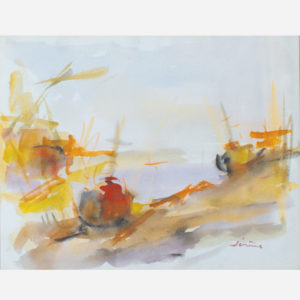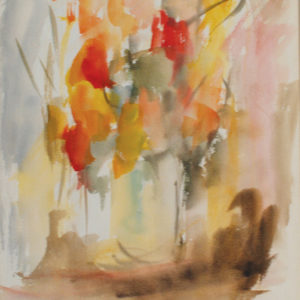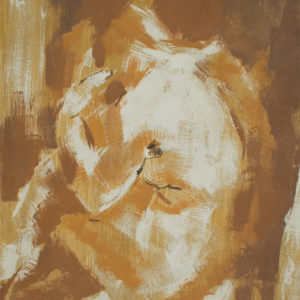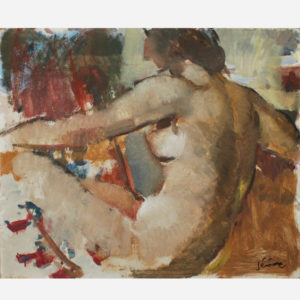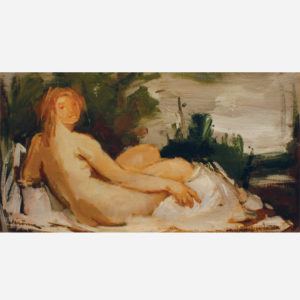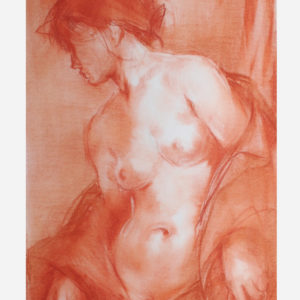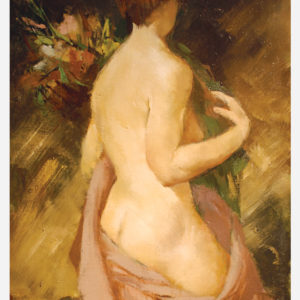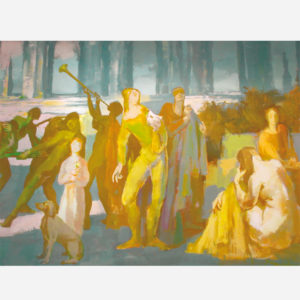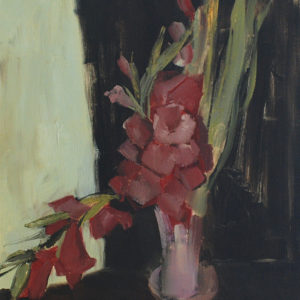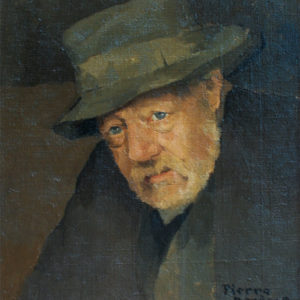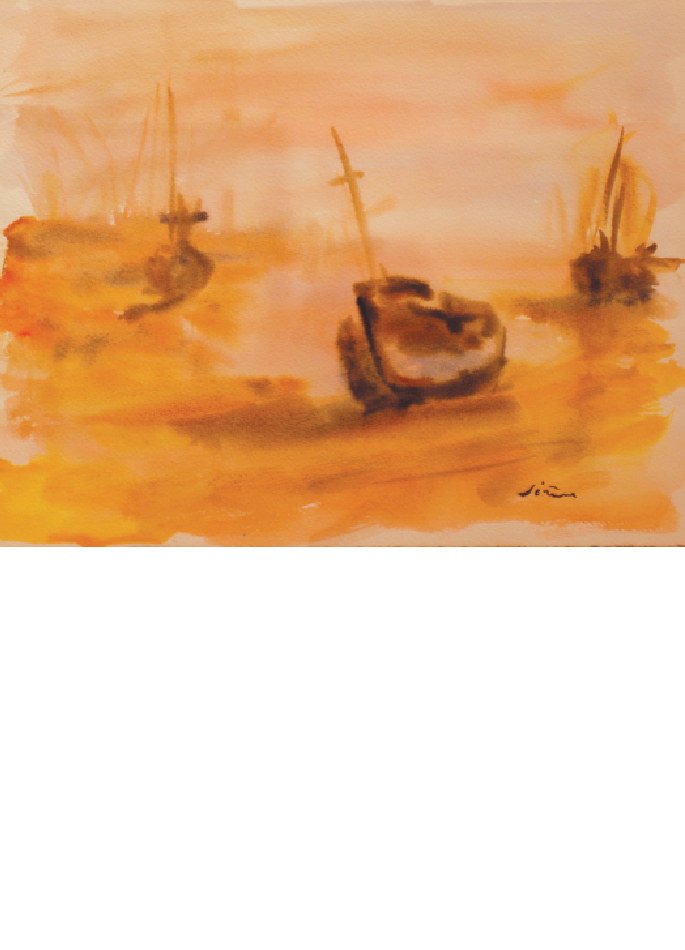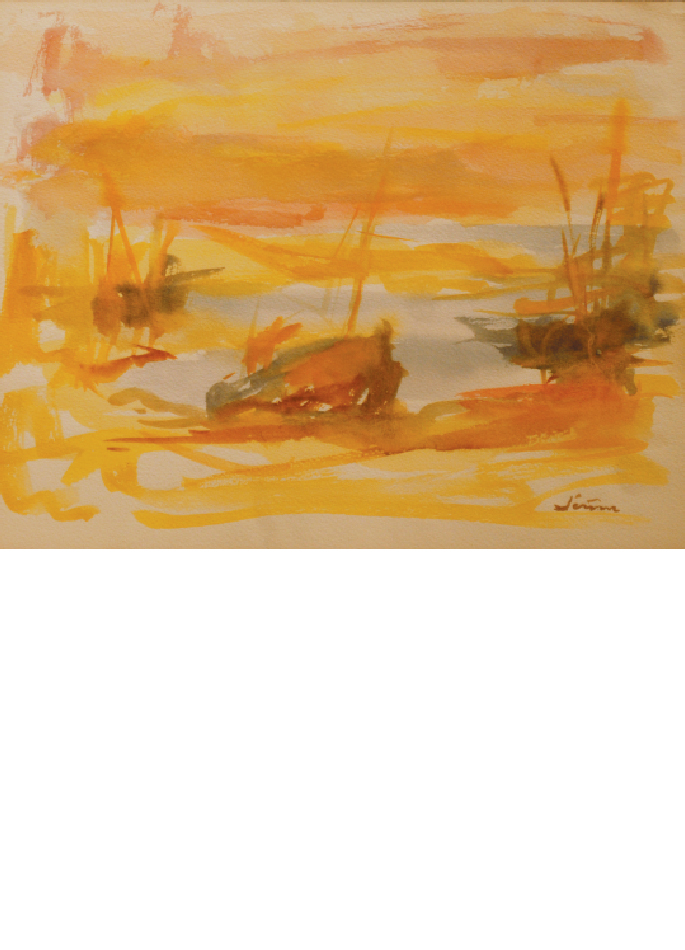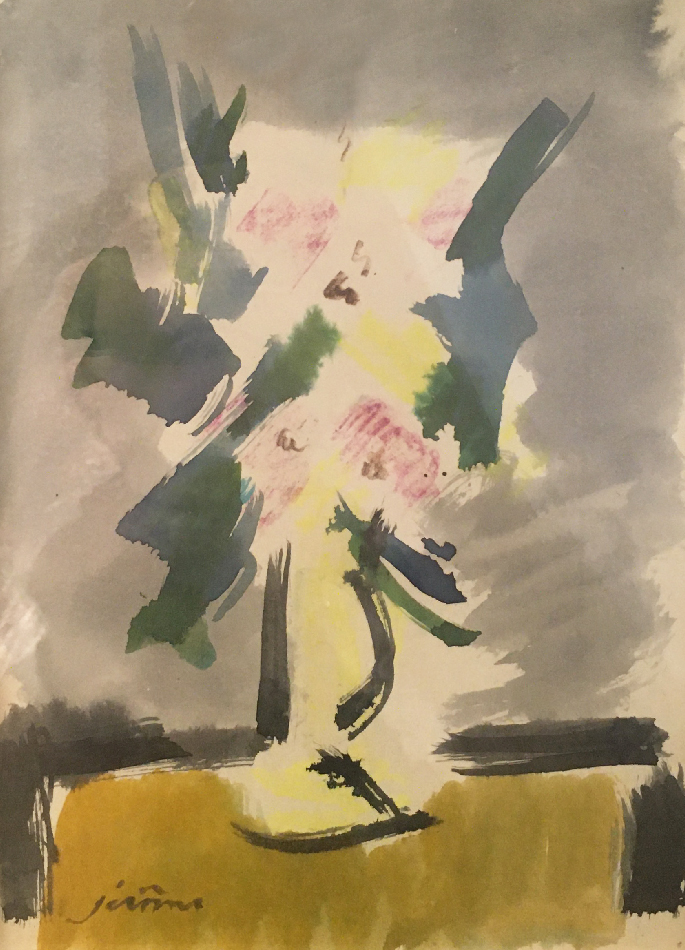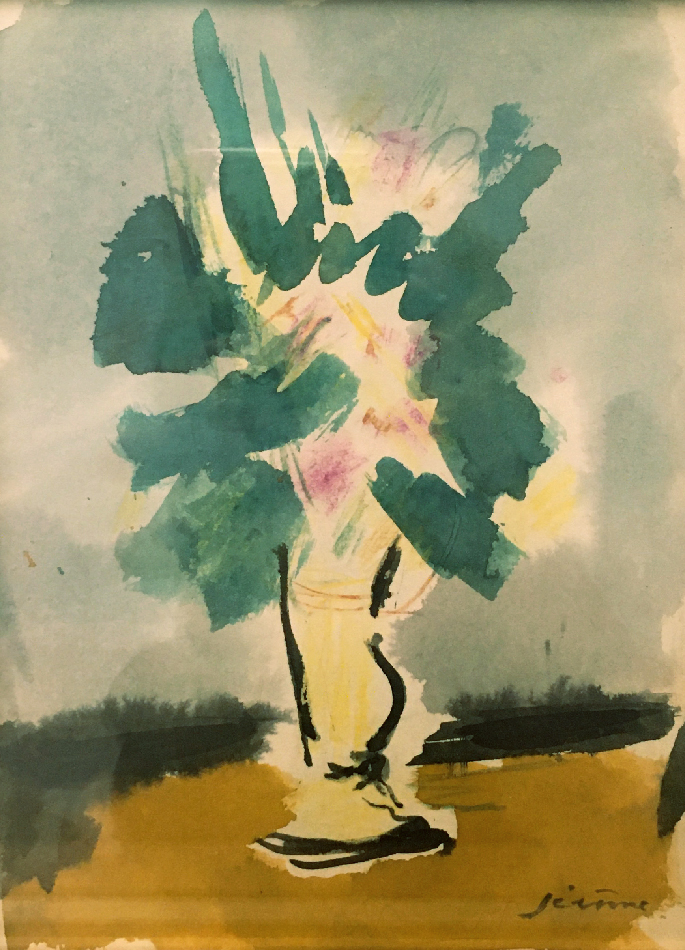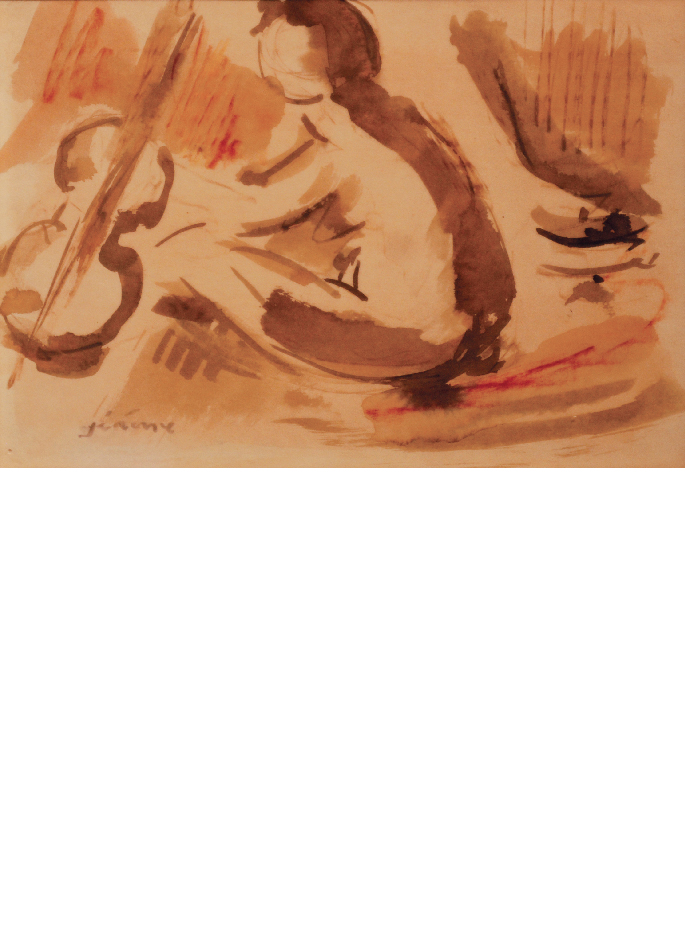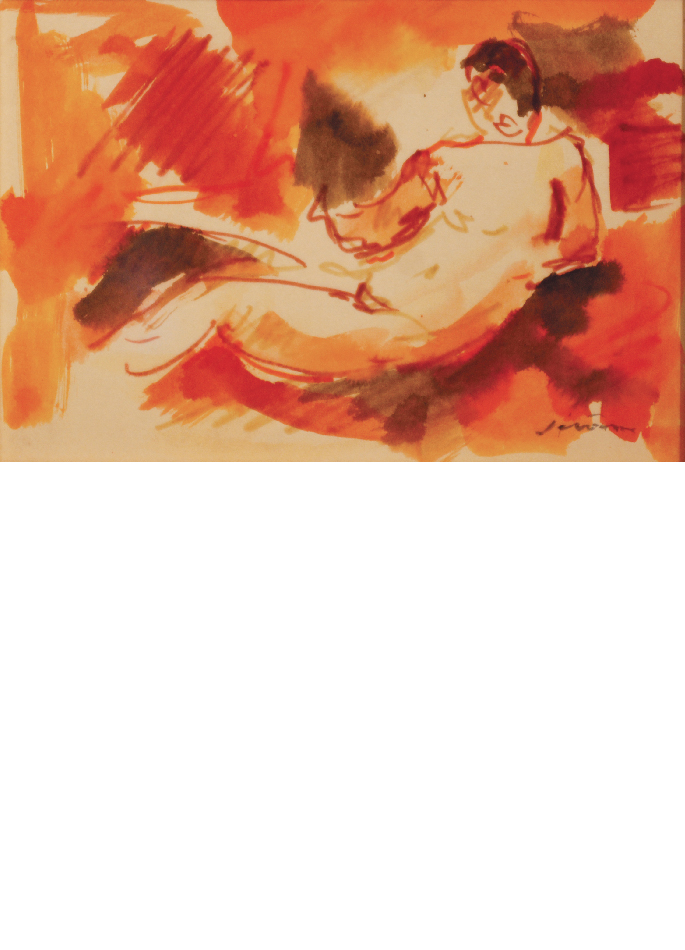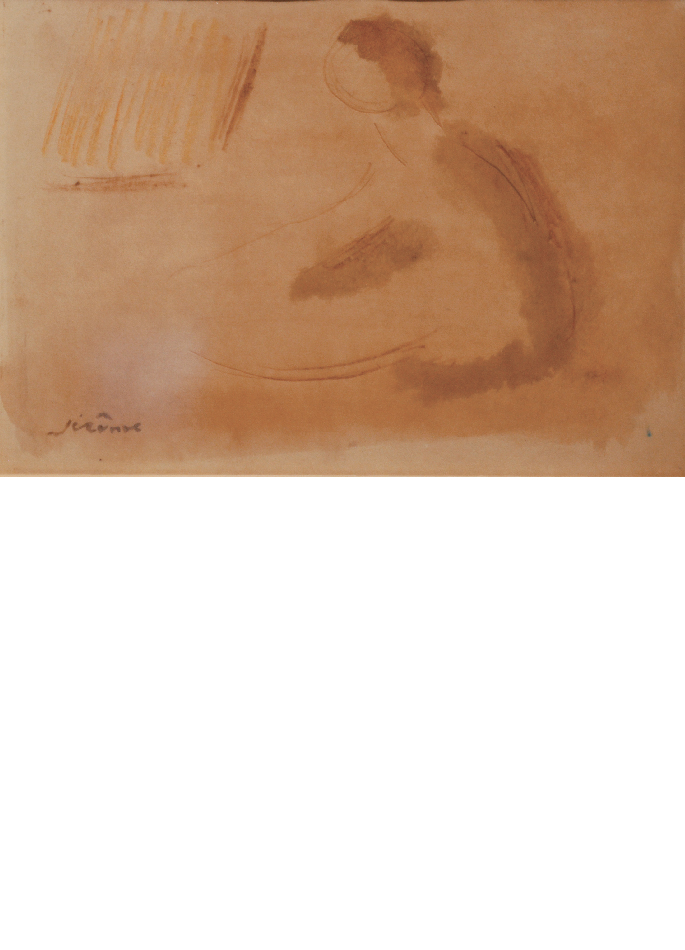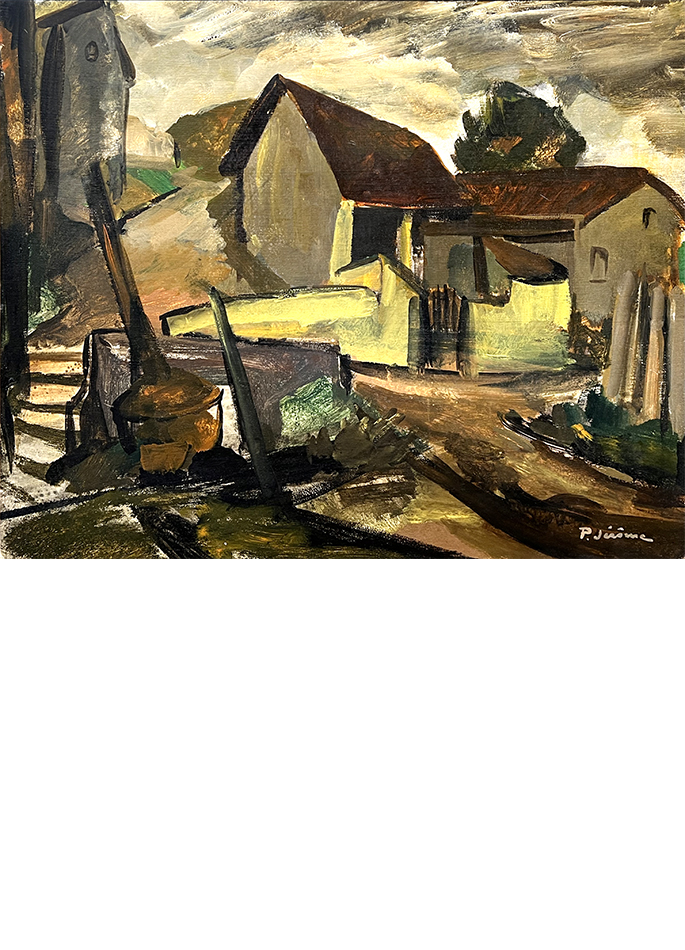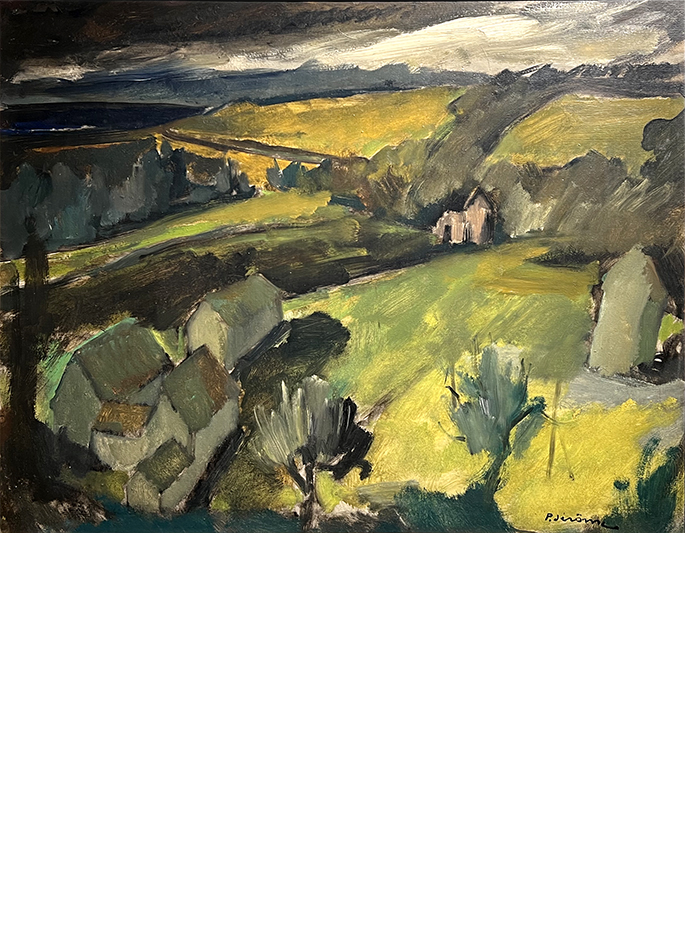Pierre Jérôme (1905-1982)

“Abstraction and figuration are meaningless notions compared to the colourful compositions, the light and shadow layouts whose pictorial atmosphere embraces us”, Denis Courtagne warned, famous curator who became the best Cézanne expert worldwide without losing his admiration for Pierre Jérôme. Many now share this admiration since he emerged from oblivion thanks to a large exhibition at the Cristel Editeur d’Art Center in 2016, entitled “The rediscovered master”.
And what a master Pierre Jérôme was! He was first a classical painter runner up for the Second Prix de Rome in 1932, winner of the First Second Prix de Rome in 1933 and winner of the Prix de Rome in 1934–enough for his name to live on. He then turned into a modern master; tirelessly searching. He also became a legendary professor at the Académie de la Grande Chaumière and the Ecole Polytechnique until he died in 1982. In 1976, four museums–Dunkirk, Dieppe, Le Mans and Besançon–honoured Jérôme’s career with a retrospective that gathered around a hundred of his paintings. Once again, one must recall Denis Courtagne’s appraisal: “Pierre Jérôme’s painting must be looked at with love because it is a love story”. Courtagne also described “a dialogue made of silence, shadow and light, [qui] appearing between the painter and his model (a woman, a bouquet or a landscape), the painter and the public”. He almost said it all.
Pierre Jérôme’s well-known masterpiece, Le Carnaval Étrange –a magnificent 59 x 192 1/2 inches fresco, painted in 1965 and currently exposed in the Audi Saint-Malo showroom–brings us back to Raymond Cogniat’s words of 1959: “Pierre Jérôme’s work gives off a feeling of calm and reassuring strength. It evokes the friendly giant: he is shy and benevolent and does not need to trouble or to intimidate to prove his personality.” That of a painter, a true one!

